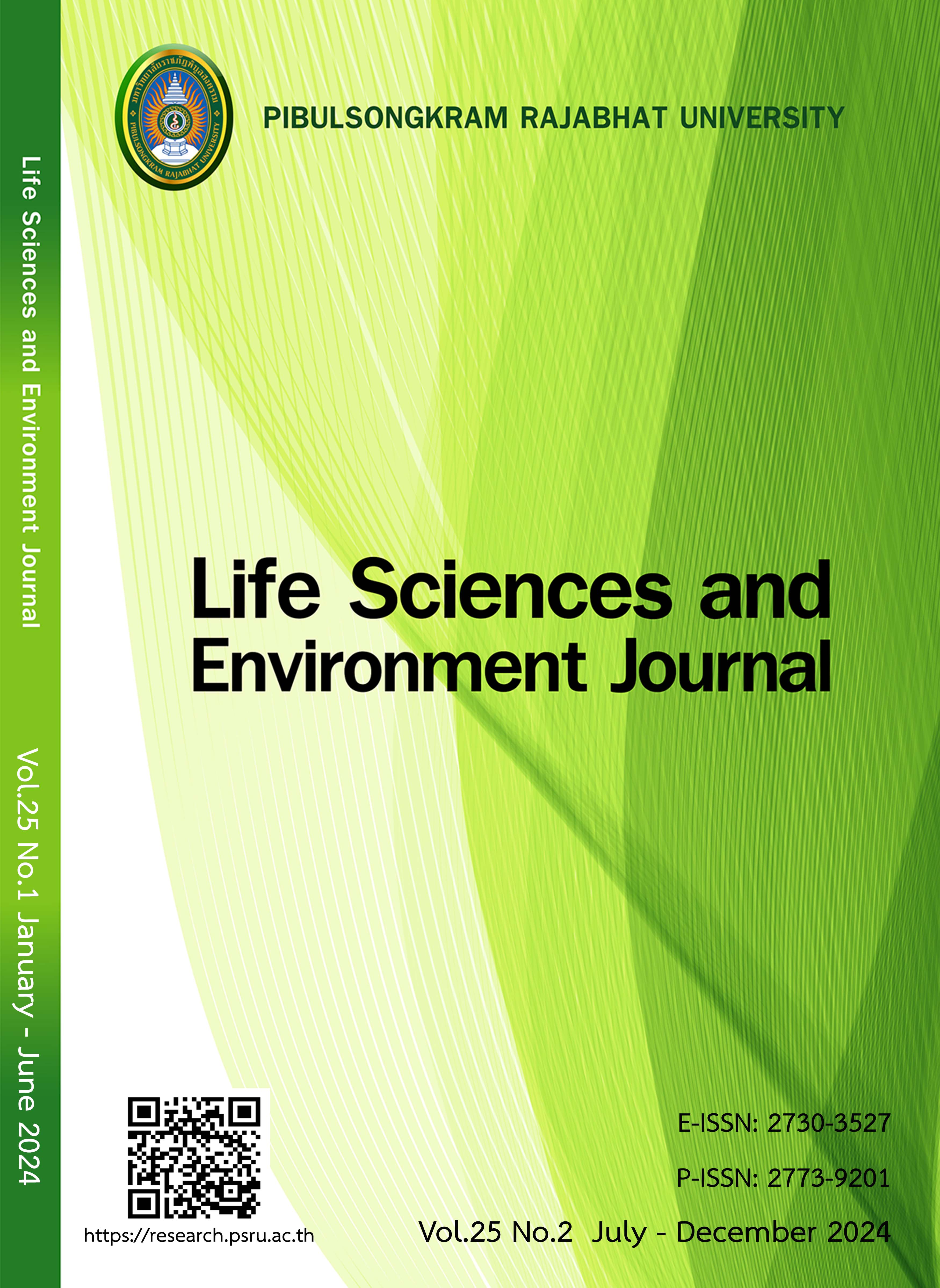OPTIMIZATION PARAMETERS OF COMPOSITE MATERIALS FOR THERMOFORMING MOLD USING THE DESIGN OF EXPERIMENT
DOI:
https://doi.org/10.14456/lsej.2024.25Keywords:
optimization parameters, composite materials, thermoforming mold, design of experimentAbstract
This research aimed to evaluate composite material design using precise engineering experiment principles called the design of experiment, employing the 2k full factorial test method to determine optimal mixes of natural and synthetic materials. Natural materials included ash powder, pineapple fiber powder, and sugar cane leaf fiber powder, while synthetic materials included aluminum, resin, cobalt, and resin hardener. The study utilized technical processes and experimental design methods to analyze and identify suitable composite materials. The statistical analysis demonstrated the precision of the experimental design by determining the optimum values of thermoforming molds, explicitly analyzing the Shore D hardness level compared to ASTM D2240 standards. The findings revealed that natural materials could effectively replace synthetic materials in the plastic molding industry. All factors expected to influence the Shore D value in the composite material were tested, yielding a hardness value not lower than or close to 80.00 Shore D. The optimal composition as the optimization parameters were identified as 70% resin, 0.01% cobalt, 2.0% hardener, and 20% aluminum powder, with a setting time of 18 hours and a temperature of 70°C. The response optimization method indicated a Shore D value of 80.6725, with experimental results closely aligning with these findings. The analysis showed an R-squared coefficient of 83.72%, confirming that adjusting factor levels according to the experimental design can significantly enhance the performance of composite materials in the thermoforming molding industry.
References
Badr NBE, Al-Qahtani KM, Mahmoud AED. Factorial experimental design for optimizing selenium sorption on Cyperus laevigatus biomass and green-synthesized nano-silver. Alexandria Engineering Journal 2020, 59(6):5219-5229.
Gorrepotu SR, Debnath K, Mahapatra RN. Mechanical, Thermal, Morphological, and Fibre characteristics during injection moulding of green composites. Fibers Polym 2023;25(11):331–346.
Inchan C. Mechanical properties of composite materials for thermoforming mold. Industrial Engineering Program, Faculty of Industrial Education, Rajamangala University of Technology Krungthep 2018.
Noguera J. Analysis of Buñuelos Growth Rate Using 2k Factorial Design. Procedia Computer Science 2020,177:267-275.
Liu Z, Lei Q, Xing S. Mechanical characteristics of wood, ceramic, metal and carbon fiber-based PLA composites fabricated by FDM. Journal of Materials Research and Technology 2019;8(5):3741-3751.
Phinsakul S. Development of a mixture of plaster and husk ash for use low costs plaster mould in the local ceramic industry. Rajabhat Journal Science Humanities Social Science 2017;18(1):178-186.
Sonsiri A, Inkampa U, Amdee N, Maneesaeng. Effect and optimal variable of mangosteen peel powder for green sand mold. RMUTP Research Journal 2020;14(1):26-36.
Sonsiri A, Palicamin P, Amdee N. Development of plastic green composite for vacuum mold process. FEAT Journal Farm Engineering and Automation Technology Journal 2021;7(1):1-9.
Sonsiri A. Optimal composition of mixed material for thermoforming mold of plastic plate. Chiangmai: Graduate School, Chiangmai University; 2010.
Sreela-or C, Tharungsri P, Yamkong S. Optimum conditions of using bio-extract from urine with vinasse and manure affecting of marigold. Life Sciences and Environment Journal 2022;23(2):283-296.
Srivabut C. Influence of filler content and optimal formulation under water absorption of wood-plastic composites using mixture design. Thai Industrial Engineering Network Journal 2022;8(1):7-27.
Suwanchana P, Tangjitsichaloen S. Strength improvement of leather bracelet by utilizing experimental design. Engineering Journal Chiang Mai University 2021;28(2):87-99.
Wimol M, Jantarasricha T, Kunhirunbawon S. A study of appropriate parameters of brass investment casting by using design of experiment. Life Sciences and Environment Journal 2019;20(1):39-48.
Yashpal, Jawalkar CS, Kant S, Panwar N, Sharma MD, Pali HS. Effect of particle size variation of bagasse ash on mechanical properties of aluminum hybrid metal matrix composites. Materials Today Proceedings 2020;21(4):2024-2029.
Downloads
Published
How to Cite
Issue
Section
License
Copyright (c) 2024 Life Sciences and Environment Journal

This work is licensed under a Creative Commons Attribution-NonCommercial-NoDerivatives 4.0 International License.
Each article is copyrighted © by its author(s) and is published under license from the author(s).










